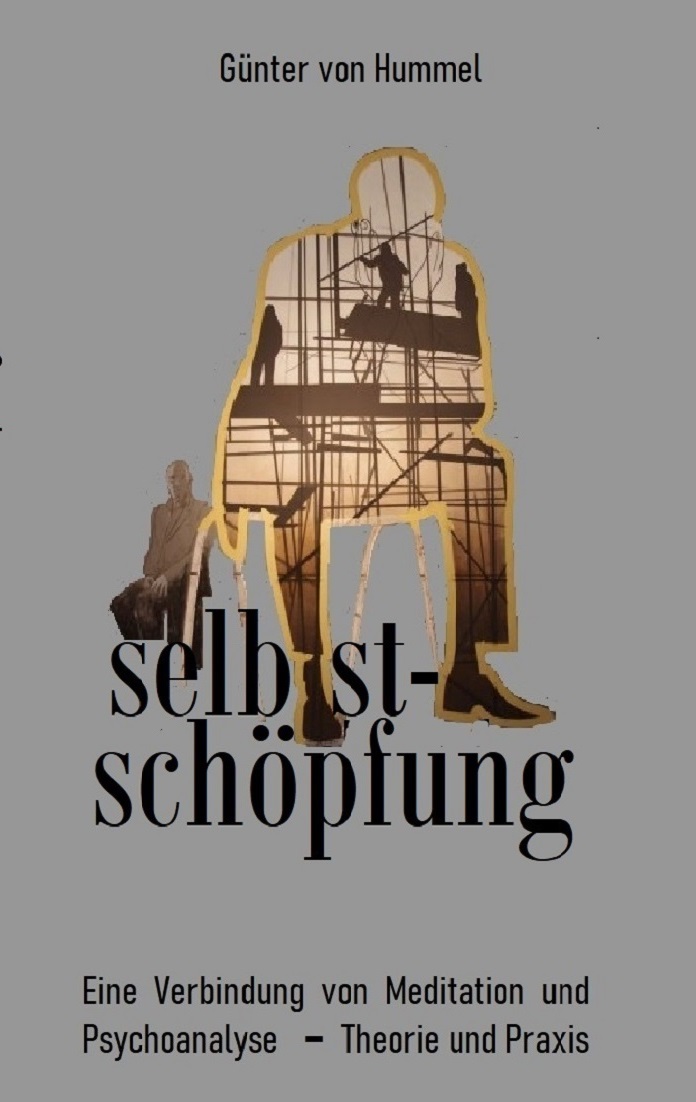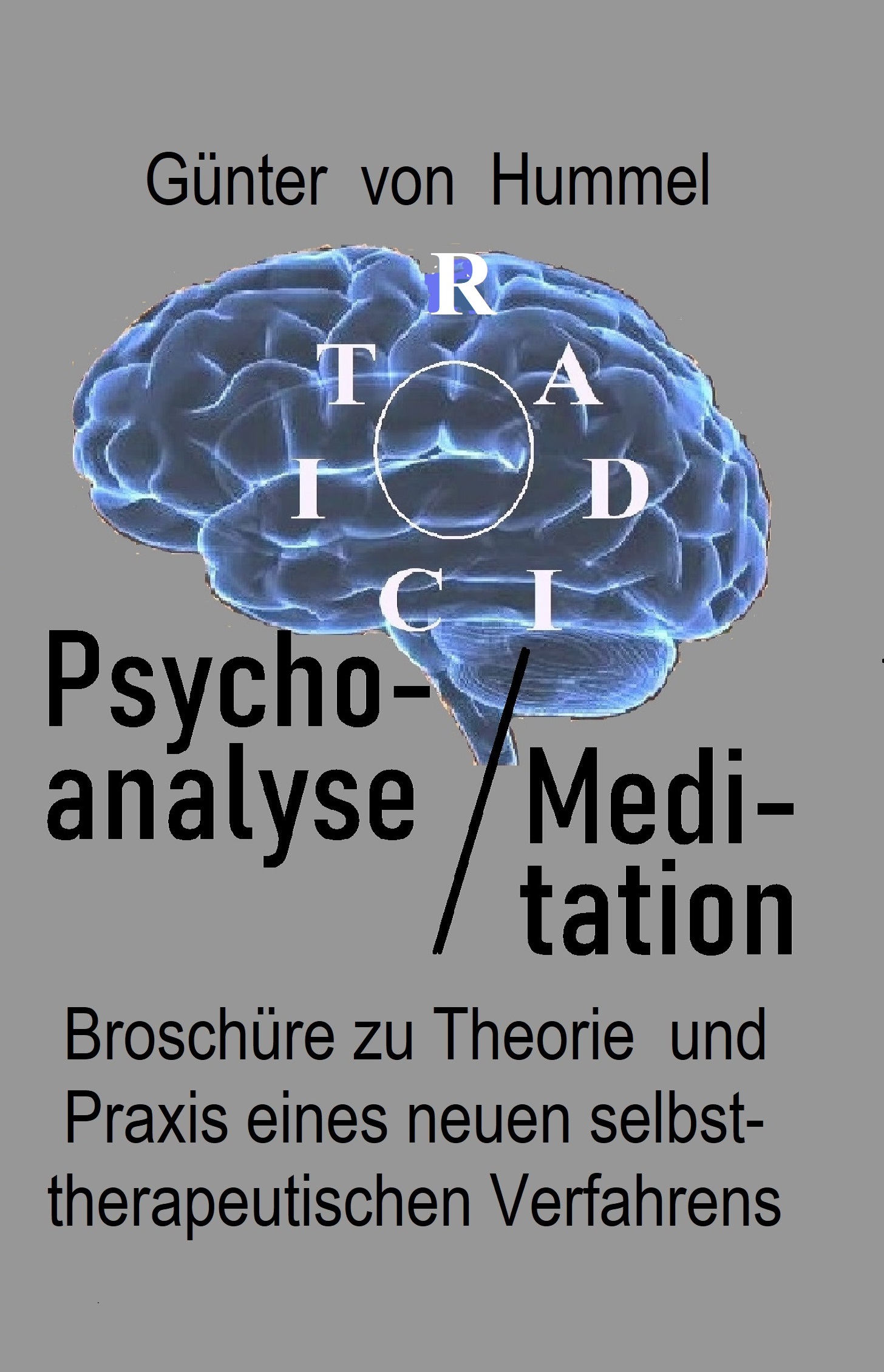In ARE – VID – EOR thinking is – only in a totally formal manner (that’s why I call it a FORMULA-WORD) – very good, because we know exactly how it is constructed. It deals with mathematics, which is a totally formal language.
It is like a SHINES, a RADIATES, that has cut the circle into pieces (SHINES – pieces). This is made fully clear. There is no secret mystic spirit behind it. But at the same moment, these pieces also have a signification. Different significations (SPEAKS – pieces) are inherent here at any given time. And as in computer science bits to bits, bytes to bytes and pieces to pieces can then interact at the interfaces. I.e., between conscious and unconscious thinking while exercising Analytic Psychocatharsis.
My method, just as in Kirpal Singh's yoga, reaches its goal once the SHINES 'stands still' so that the “crystal” shows its character (e. g. a topological figure). At that moment, the Other's attention, the “crystal” is fully established. This is the first exercise in my method (Analytic Psychocatharsis). Then in the second exercise ( I will give better information about practice later), thoughts are compressed in the SPEAKS to a word of the Other, to an 'assignment' (the linguistic part).
I have shown how an ‚assignment’ is recognized in the example of Franz of Assisi and others. Here is another example: Psychologist J. Janes describes an incidence that occurred to him after a long, anguished search for true knowledge. "In an attack of mental desperation I laid down on the sofa and suddenly heard a clearly audible voice coming from the right and above myself, saying: ‚Make the individual in search of recognition to a part of the recognized’.“
1 Jumping up from the sofa he noticed that he probably had only been thinking aloud and had voiced an abrupt inspiration from within his desperate concentration. It was the beginning of his authorship of books on the human conscious, an ‚assignment’ that continued to develop further in that direction. However, it needn’t always be such blatant incidences that mark an ‘assignment’.
A stubborn, repeatedly occurring thought, or audibly compressive insistence that don’t pass despite the exercises, may represent the same thing. And this is the reason why I call it ‘conjectural science', a combination of thinking and non-thinking. More examples are to follow in the practical part.

